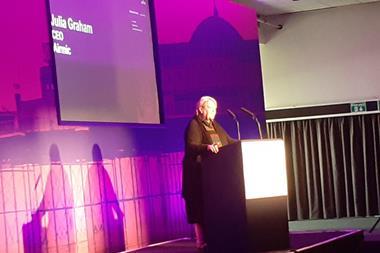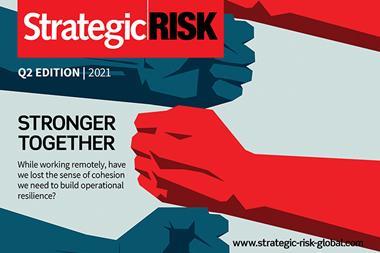“To make better decisions about insurance, an organisation’s risk tolerance needs to be reflected” – Willis

A proper understanding of risk tolerance is one of the key factors that can help the risk function demonstrate that it is much more than a cost centre and truly adds value to the organisation.
This is according to John Merkovsky, head of Willis risk and analytics, writing in the seventh edition of Resilience, the leadership journal from Willis Group Holdings.
For risk professionals, there is no more important consideration than understanding the amount of risk an organisation is a) able to take, b) willing to take and c) desires to take, according to Merkovsky in his article entitled Risk Tolerance: The Risk Manager’s Compass.
The paper goes on to explain that a proper understanding of risk tolerance can help organisations in a number of ways. It can, for example, afford a deeper understanding of whether or not the organisation is adopting the desired level of financial protection. Additionally it can help the risk function understand whether risk transfer is supporting the organisation’s overall strategic goals.
“To make better decisions about insurance, an organisation’s risk tolerance needs to be reflected,” said Merkovsky.
He goes on to say that despite the benefits, risk tolerance is rarely engrained in risk management processes and structure. This is because the concept is often difficult to apply in practice and the nomenclature is not used consistently across the industry. Moreover, executives in the same organisation often have very different views on the level of risk the organisation should be willing to take.
Merkovsky said: “This unsettled environment presents a terrific opportunity for a truly strategic risk manager to lead. But first, a risk manager needs to be able to demonstrate the value accretion that a well-defined view of risk tolerance can add to decision-making.”
He added: “Many organisations are looking to advance their thinking about their approach to risk tolerance, yet they lack the consistent nomenclature, tools and focus to do so. Risk managers are well positioned to provide leadership here. Their experience in thinking across a broad range of risk topics and doing so in financial and organisation terms is unique in most organisations.”
“And, if leading an organisational initiative on risk tolerance is not for every risk manager, it is still a great opportunity to ensure that their own insurance and risk management activities are built with a clear alignment of organisational goals. In this way it will be clear to senior management and other risk stakeholders that the risk management function is much more than a cost centre, and truly adds value to the organisation.




















No comments yet